Lesser Known Works By Well Known Authors in the Villanova Digital Library
The Villanova Digital Library provides access to numerous serialized and standalone short stories through its Dime Novels And Popular Literature collection. Most authors whose works appear in these publications are now considered obscure, while many of them remain unidentified. However, the digitized collections also include stories by nineteenth- and twentieth-century writers whose works are still widely read today. Here are some lesser known stories by well-known authors that are preserved in the Villanova Digital Library:
“What It Cost” by Louisa May Alcott
Louisa May Alcott (1832-1888) is primarily remembered as a novelist. Her most widely read novel, Little Women (1868-1869), was adapted into an award-winning film as recently as 2019. A lesser known work by Alcott is “What It Cost,” which appeared as a cover story in the sixth issue of the children’s periodical, The Young Crusader. Like many stories published in The Young Crusader, “What It Cost” promotes the anti-alcohol stance of the temperance movement.
“Heart” by James Fenimore Cooper
Like Alcott, James Fenimore Cooper (1789-1851) is mainly remembered for his novels, in particular The Last of the Mohicans (1826). His story, “Heart,” appears as a cover story in two segments in the March 13 and March 20, 1841, issues of The Boston Notion. A full transcript of the story is also available through Project Gutenberg.
“The Jolly Roger” and other stories by Robert W. Chambers
Robert W. Chamber (1965-1895) wrote the short-story collection The King in Yellow (1895), which is one of the most influential works in the history of weird fiction. The first four stories in the collection directly impacted the “Cthulhu mythos,” a literary universe shared by H. P. Lovecraft (1890-1937) (whose astronomical journal is housed at Falvey Library) and other writers of the early twentieth century. The King in Yellow continues to excite the popular imagination, having been the basis for much of the acclaimed first season of the television series True Detective. However, most of Chambers’ writing was not in the horror genre. The Villanova Digital Library offers access to parts of three stories by Chambers: “One in a Million,” “The Shining Band,” and “The Jolly Roger” (the last of which is available, in its entirety, as digitized microfilm through the Internet Archive).
- McCall’s magazine, v. LI, no. 6, March, 1924, p. 10.
- McCall’s magazine, v. LI, no. 6, March, 1924, p. 11.
“Houdini, the Enigma” and other stories by Arthur Conan Doyle
Sir Arthur Conan Doyle (1859-1870) is the creator of the fictional detective Sherlock Holmes, who appears in several stories, starting with “A Study in Scarlett” (1887). The Villanova Digital Library offers access to three works by Doyle that do not feature his famous detective: “Houdini, the Enigma,” which focuses on Harry Houdini (1874-1926), a famous magician and friend of Doyle’s; “An Alpine Pass on Ski”; and “De Profundis.”
Bonus: The Digital Library also includes one story, “The Affair of the Glenranald Bank,” by Doyle’s brother-in-law, E. W. Hornung (1866-1921). Hornung was influenced by Doyle’s work on Sherlock Holmes and created the character A. J. Raffles, a gentleman thief who is, in essence, the reverse Sherlock Holmes. The character first appeared in the short story “The Ides of March” in 1898 and the first collection of A. J. Raffles stories was subsequently published in 1899.
- Mystery stories, v. XIII [sic XII], no. 3, December, 1927, front cover.
- Mystery stories, v. XIII [sic XII], no. 3, December, 1927, p. 344.
- Mystery stories, v. XIII [sic XII], no. 3, December, 1927, p. 345.
“Hunter Quatermain’s Story” and other stories by H. Rider Haggard
H. Rider Haggard (1856-1925) was a writer of adventure fiction, mainly remembered for creating the character Allan Quatermain. The most widely known tale featuring the character is the novel King Solomon’s Mines (1885), a reprint of which is available in the Villanova Digital Library. However, the site also includes other stories by Haggard (some of which feature Allan Quatermain), such as “Hunter Quatermain’s Story.” Allan Quatermain has continued to appear in literature since Haggard’s death, having played a central role in the comic-book series The League of Extraordinary Gentlemen (1999-2019) by Alan Moore (b. 1953) and Kevin O’Neill (1953-2022).
“The Blockhouse Mystery” and other stories by Upton Sinclair
Upton Sinclair (1878-1968) was a writer, political activist, and winner of the Pulitzer Prize for Fiction. He wrote The Jungle (1906), a novel about working conditions in the meat industry, which raised awareness of unsanitary practices and influenced the passing of the Federal Meat Inspection Act. The Villanova Digital Library preserves four stories written by Sinclair under the pseudonym Douglas Wells for The Starry Flag: “The Blockhouse Mystery, or, Hal Maynard’s Cuban Romance”; “Hal on the Outpost, or, With the Army Above Doomed Santiago”; “The Hero of Manila; or, Hal Maynard Under a New Commander”; “Hal Maynard at West Point, or, The New Member of the Seven Devils”.
All the abovementioned stories are available in the Villanova Digital Library’s Dime Novels And Popular Literature collection, while more are being added on a regular basis. The digitization project not only preserves the works of obscure writers, but also brings to light the lesser known works of well-known writers.
Note: The stories by Doyle, Haggard, and Sinclair were identified by Director of Library Technology Demian Katz.
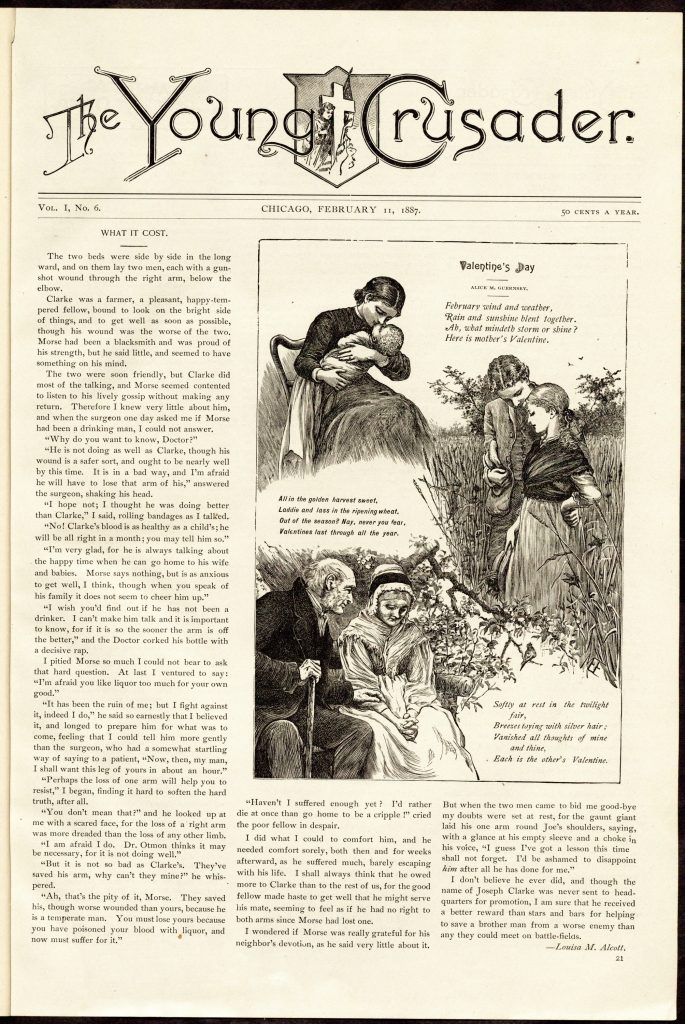
![Boston notion, v. II, no. 24, Saturday morning, March 13, 1841, p. [1].](https://blog.library.villanova.edu/wp-content/uploads/2024/02/Boston-notion-v.-II-no.-24-Saturday-morning-March-13-1841-p.-1-733x1024.jpg)
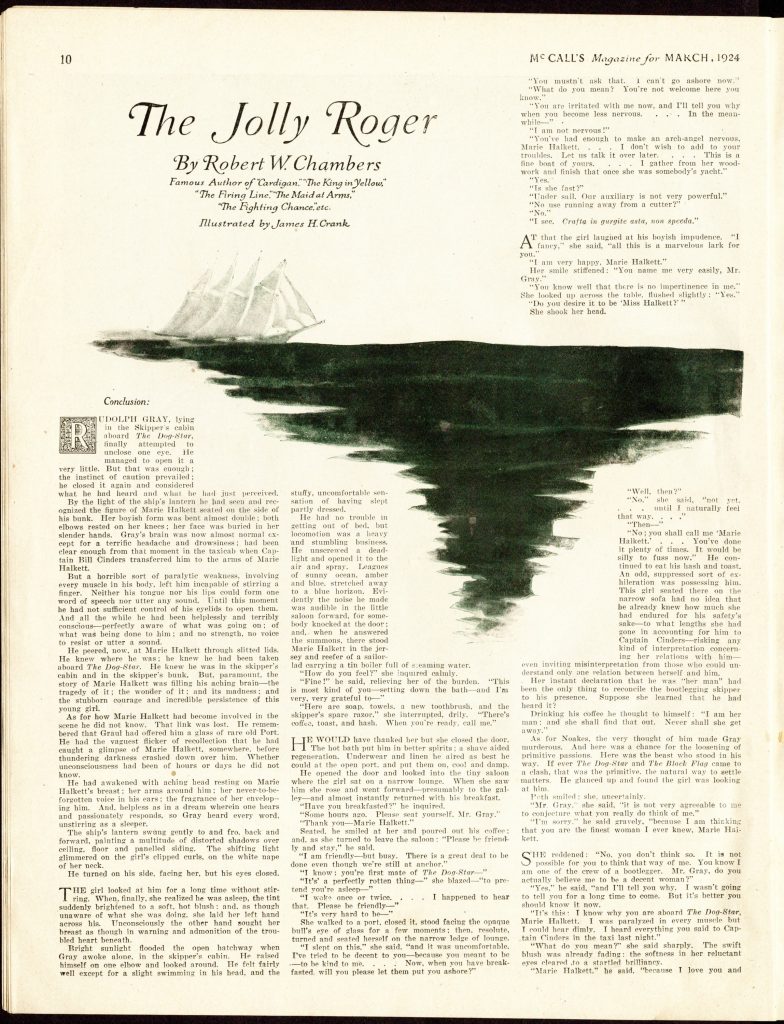
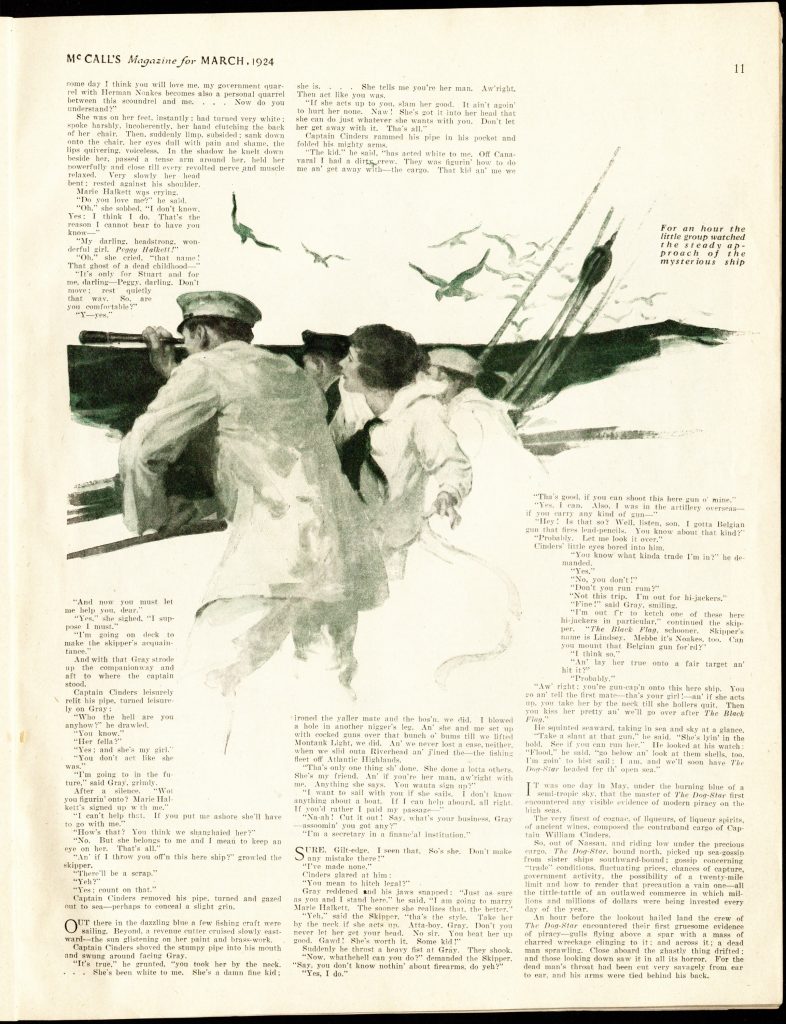
![Mystery stories, v. XIII [sic XII], no. 3, December, 1927, front cover.](https://blog.library.villanova.edu/wp-content/uploads/2024/02/Mystery-stories-v.-XIII-sic-XII-no.-3-December-1927-front-cover-220x300.jpg)
![Mystery stories, v. XIII [sic XII], no. 3, December, 1927, p. 344.](https://blog.library.villanova.edu/wp-content/uploads/2024/02/Mystery-stories-v.-XIII-sic-XII-no.-3-December-1927-p.-344-194x300.jpg)
![Mystery stories, v. XIII [sic XII], no. 3, December, 1927, p. 345.](https://blog.library.villanova.edu/wp-content/uploads/2024/02/Mystery-stories-v.-XIII-sic-XII-no.-3-December-1927-p.-345-208x300.jpg)


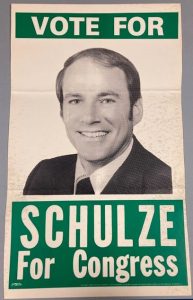
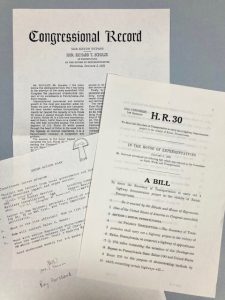
 Rebecca Oviedo is Distinctive Collections Archivist at Falvey Library.
Rebecca Oviedo is Distinctive Collections Archivist at Falvey Library.






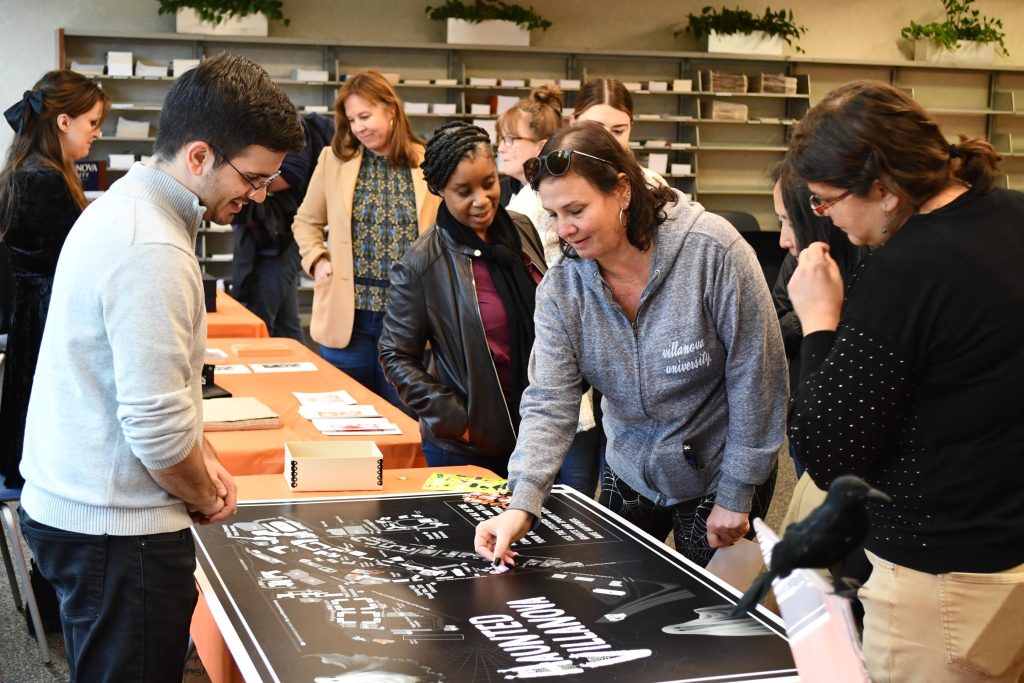
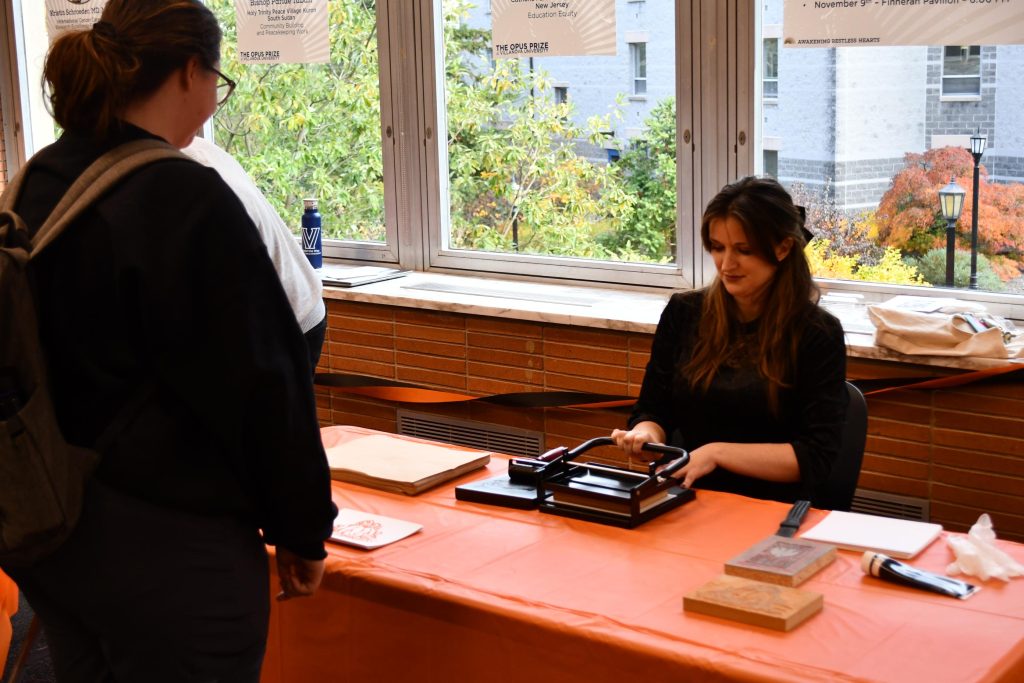
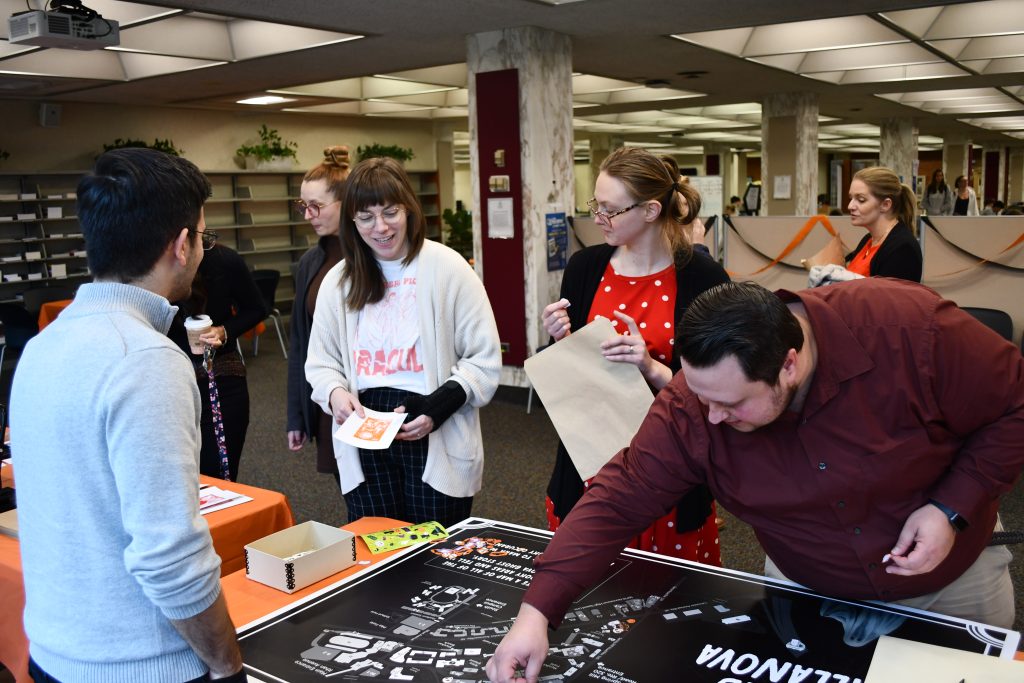







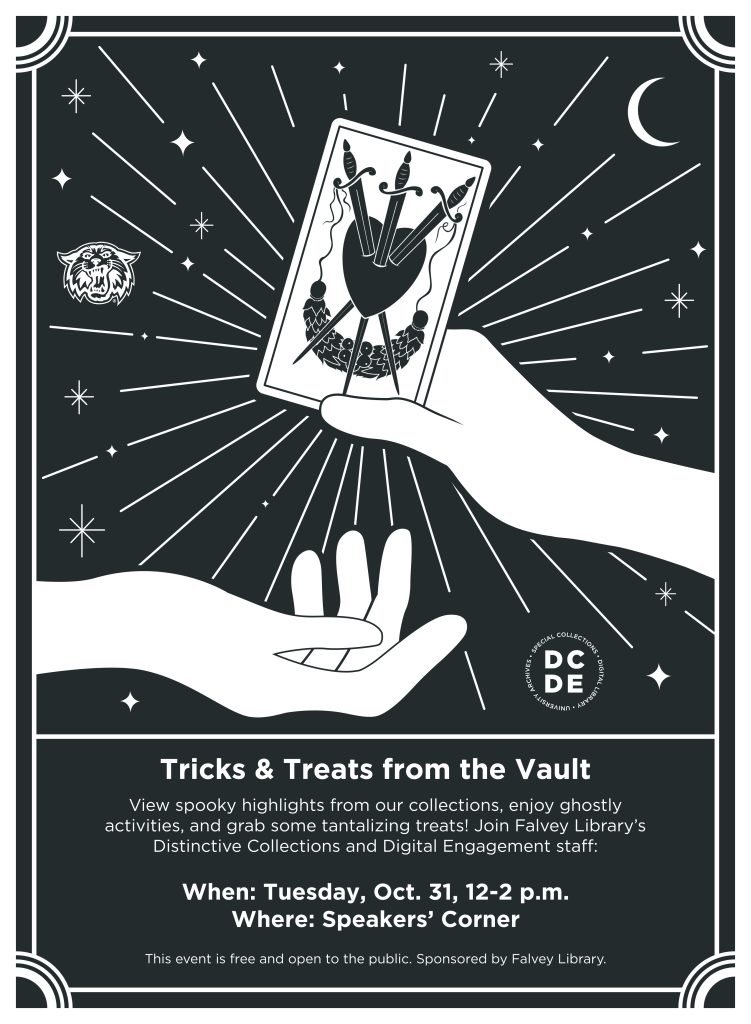
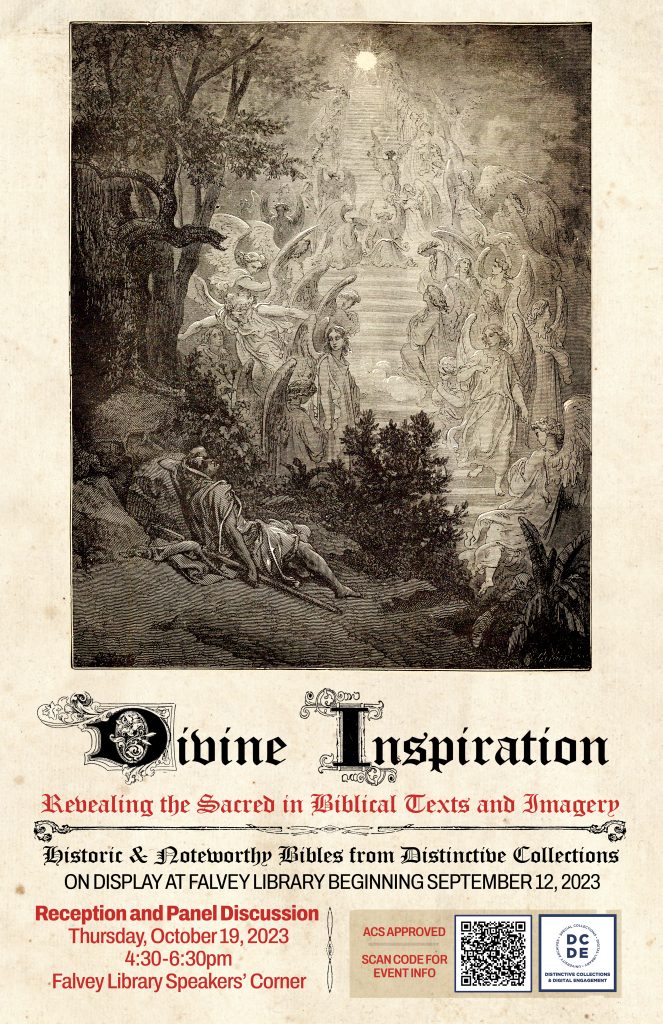

 Isabel Choi ’26 CLAS, Communication & Marketing Student Assistant at Falvey Library.
Isabel Choi ’26 CLAS, Communication & Marketing Student Assistant at Falvey Library.